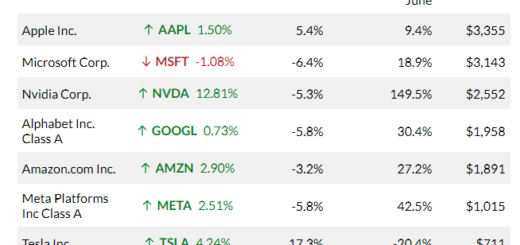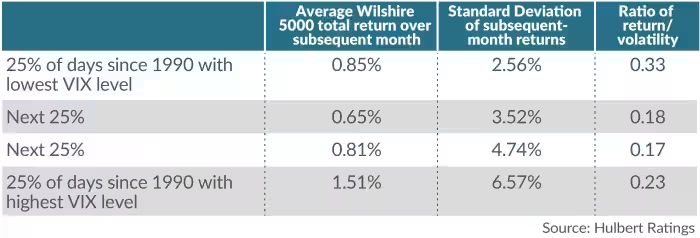Investment Revolution: Why This New Research Discourages Bonds and Target-Date Funds
Approaching the year’s final Federal Reserve meeting, stock markets continue their ascent to new record highs. The pivotal question remains: Can the Fed sustain this upward trajectory? The answer hinges on the forthcoming insights from Chair Jerome Powell and the dot plot detailing future rate expectations.
Diverging from the current financial discourse, our highlighted investment perspective challenges the prevailing wisdom by asserting that the commonly endorsed balanced portfolio strategy lacks foundation, proposing instead that stocks alone can secure retirement wealth.
Aizhan Anarkulova, a Ph.D. finance candidate at Emory University, alongside finance professors Scott Cederburg of the University of Arizona and Michael S. O’Doherty of the University of Missouri at Columbia, contest the traditional approach of life cycle investing. This strategy advocates diversification between stocks and bonds, with a higher equity allocation for younger individuals.

In their recently published research paper, the scholars question the fundamental principles of life cycle investing and its age-dependent diversification. Utilizing a dataset spanning 38 countries and nearly 130 years, they conducted one million computer-generated simulations on American households, assessing four critical retirement outcomes: wealth at retirement, retirement income, savings, and assets at death.
The research delivers a compelling verdict: maintaining an equilibrium of 50% domestic stocks and 50% international stocks throughout one’s lifetime outperforms age-based strategies involving a mix of stocks and bonds. This approach proves superior in terms of building wealth, sustaining retirement consumption, preserving capital, and generating bequests.
Additionally, households adopting a 50/50 split between domestic and international stocks are considered “less likely to exhaust their savings and more likely to leave a substantial inheritance.” Specifically, strategies centered on domestic stocks alone would have resulted in an average wealth balance of $1.05 million, surpassing the balanced portfolio’s $760,000.
Acknowledging the challenges associated with embracing an all-stock approach, the professors argue that the high cost of a balanced portfolio, in terms of forgoing “enormous economic gains” from a stocks-focused strategy, makes the all-equity approach more appealing.
In light of these findings, the scholars recommend revising adviser and pension regulations to consider all-equity strategies as viable safe-harbor alternatives. They underscore the importance of financial education promoting a steadfast approach, reporting standards prioritizing long-term performance, and regulations facilitating savers in maintaining a long-term focus.




